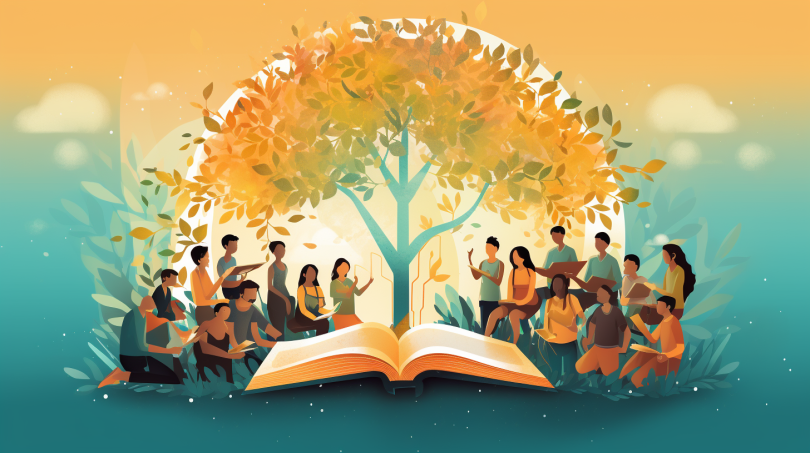
Intro
Hey fellow cinephiles! Ever been so engrossed in a movie that you could feel every tension, every emotion, every silent glare as if it was real? That’s the allure of movies with an intricate tapestry of narrative continuity – it’s like delving deep into a classic novel, watching characters evolve, betray, love, and fight for their legacy. And when you’re wrapped up in a family saga as riveting as a Shakespearean tragedy? Pure cinematic brilliance.
The exemplar? Francis Ford Coppola’s “The Godfather” Trilogy. This isn’t just a mafia movie. Oh no. It’s a deep dive into the heart of a crime dynasty, watching its rise, dominance, and eventual decay. What makes it even more compelling? The lifelike transition of characters, making you feel like you’re a silent observer of the Corleone family through decades. In this post, I’ll be unraveling the series’ intense themes and sharing dialogues that are nothing short of iconic. Buckle up and get ready for a thrilling ride into the underworld, one betrayal at a time. Are you in? 🎬🍿🔫
The Godfather Trilogy by Francis Ford Coppola
“The Godfather” (1972)
Set in the 1940s, we’re introduced to Vito Corleone, the patriarch of the Corleone crime family in New York. It’s a tale of power, family loyalty, and the lengths one goes to protect their own.
Michael Corleone:
“Just when I thought I was out, they pull me back in!”
“The Godfather Part II” (1974)
A dual narrative that juxtaposes the early life and career of young Vito Corleone, with his son, Michael, as he attempts to expand and tighten his grip on the family crime syndicate. Themes of betrayal, power dynamics, and family loyalty continue to enthrall.
Michael Corleone:
“Keep your friends close, but your enemies closer.”
“The Godfather Part III” (1990)
The final chapter. Michael Corleone, now in his 60s, struggles to legitimize his business endeavors, seeking redemption for his sins while also dealing with the machinations of a greedy gangster and a hungry businessman.
Michael Corleone:
“The higher I go, the crookeder it becomes.”
Conclusion and more …
Having dissected the gripping saga of gangland loyalty and betrayal, it’s fascinating to observe how movies depict the rollercoaster from burgeoning power, to the pinnacle of success, and inevitably, to downfall. But hey, my cinematic explorations aren’t limited to mafia tales or Hollywood alone. Get ready as we set our sights eastward, diving into the vibrant world of Indian cinema. Whether it’s romance, action, or drama, the recurring theme of Energy, Hope, and Disaster seems universal. Stay tuned, and let’s embark on another riveting journey through film! 🎬🍿🌍🎥
ChatGPT’s other options for Energy > Hope > Disaster
Delving beyond ‘Energy, Hope, Disaster,’ here are five thematic trios (as per ChatGPT) to consider for our cinematic journey:
- Rise, Reign, and Ruin
- Birth, Bloom, and Burnout
- Start, Surge, and Setback
- Origin, Oasis, and Oblivion
- Genesis, Glory, and Gloom
- Spark, Shine, and Shadow
- Dawn, Day, and Dusk
- Beginning, Blossom, and Break
- Launch, Luxe, and Lapse
- Onset, Opulence, and Overthrow
MidJourney Prompt with inputs from ChatGPT
Create a three-panel vertical split image: The first panel showcases a silhouette of a young Vito Corleone against a backdrop of 1940s New York, with subtle hints of his criminal enterprise – perhaps shadowy figures conducting business in a dimly lit alley. The second panel presents Michael Corleone in the 1970s, his face conflicted and divided by light and shadow, indicating his inner turmoil. The backdrop should be Lake Tahoe, reflecting the pivotal moments that took place there. The final panel depicts an older, weary Michael in the 1990s, with the iconic Corleone mansion behind him, showing signs of wear and age, echoing Michael’s own decline. Each panel should seamlessly flow into the next, narrating the story of the rise, dominance, and eventual decay of the Corleone dynasty –ar 16:9




